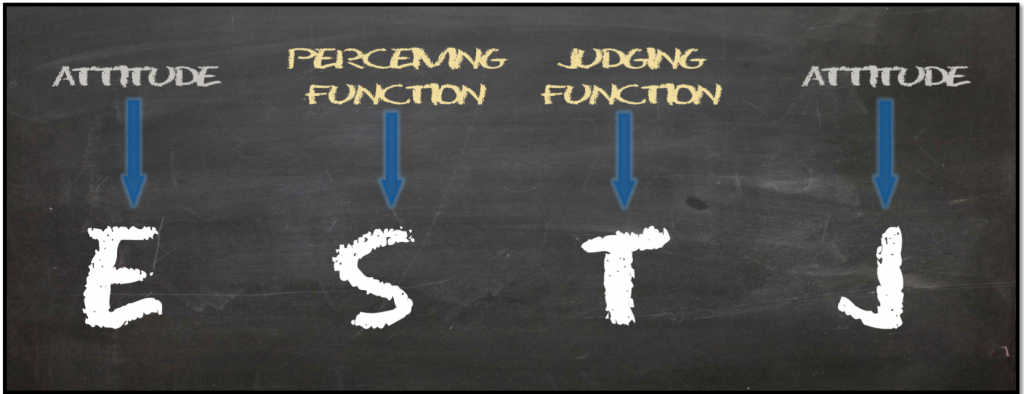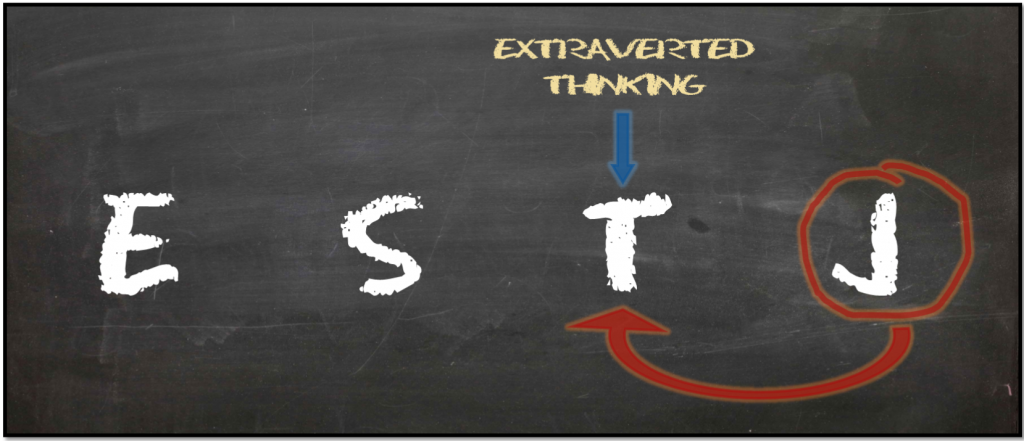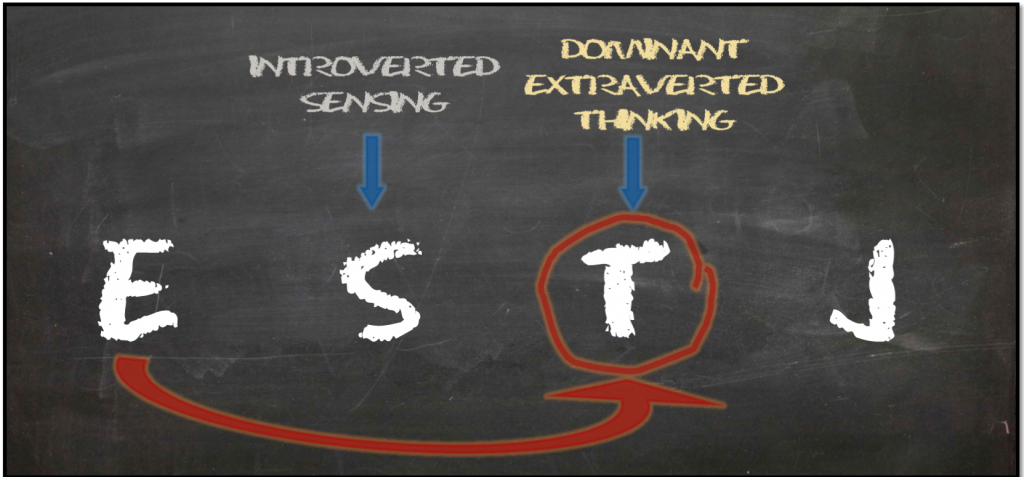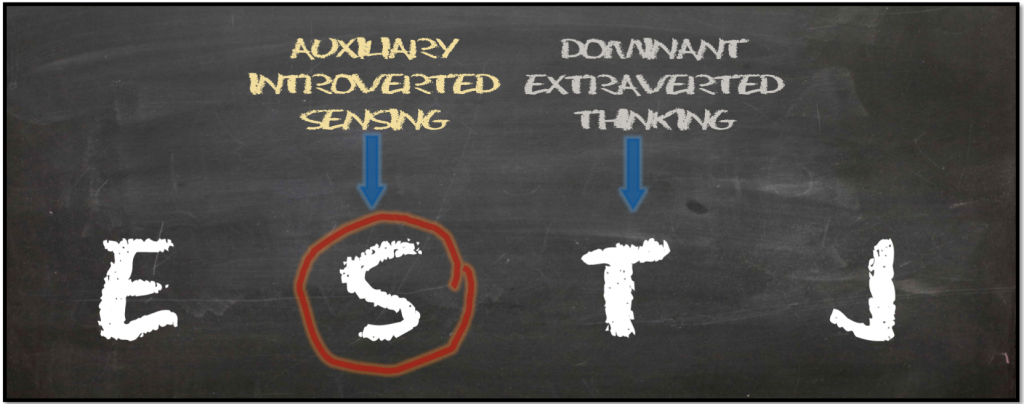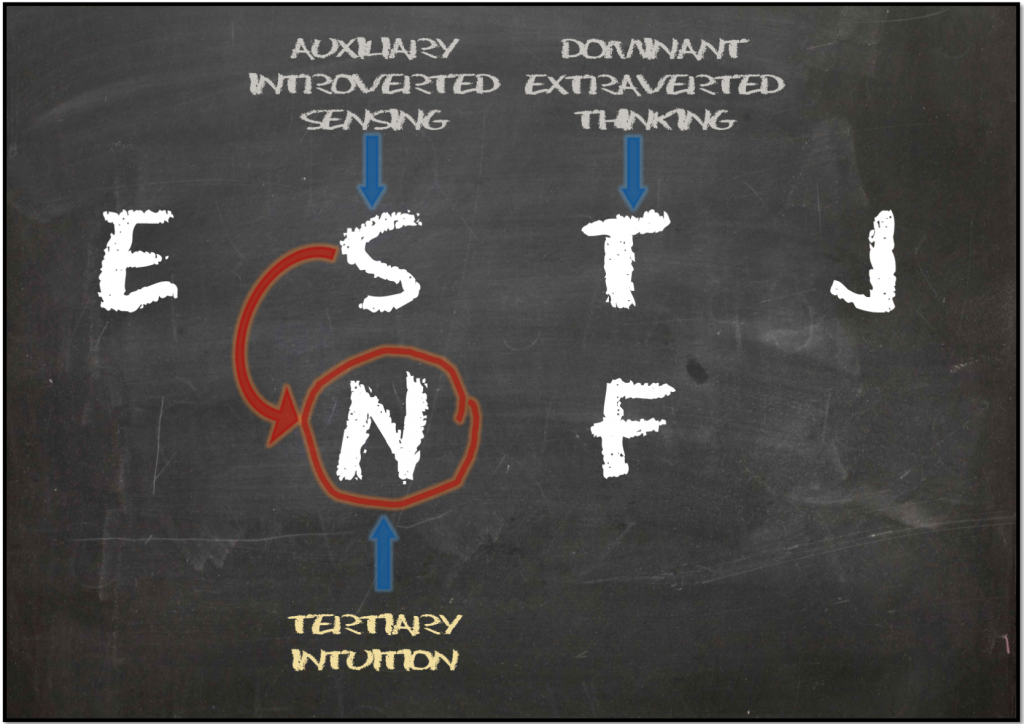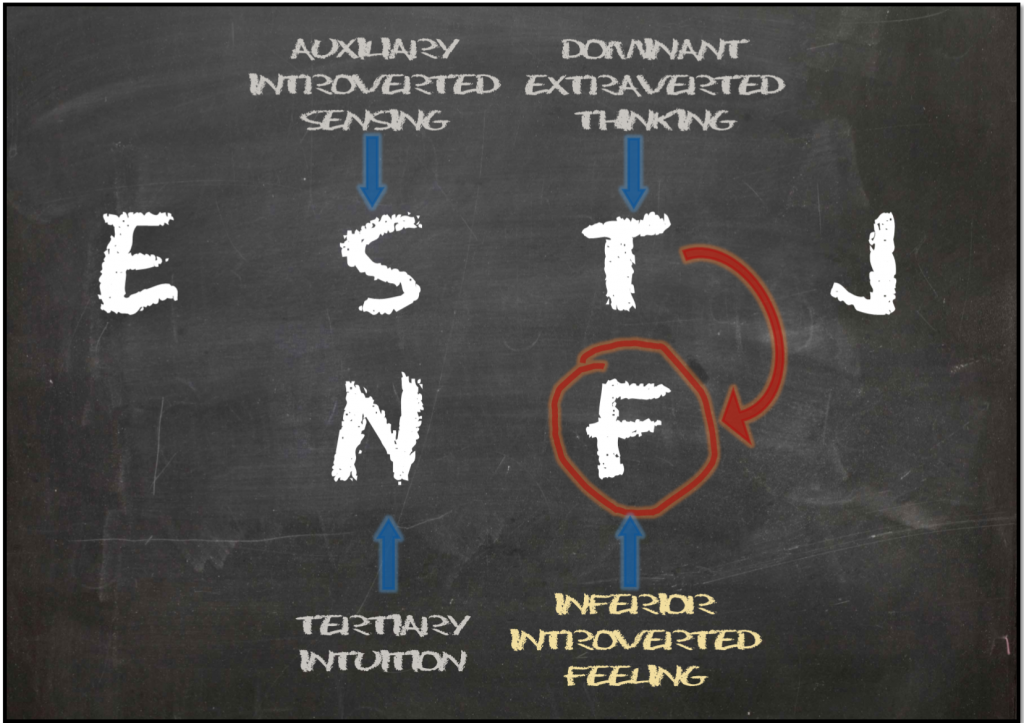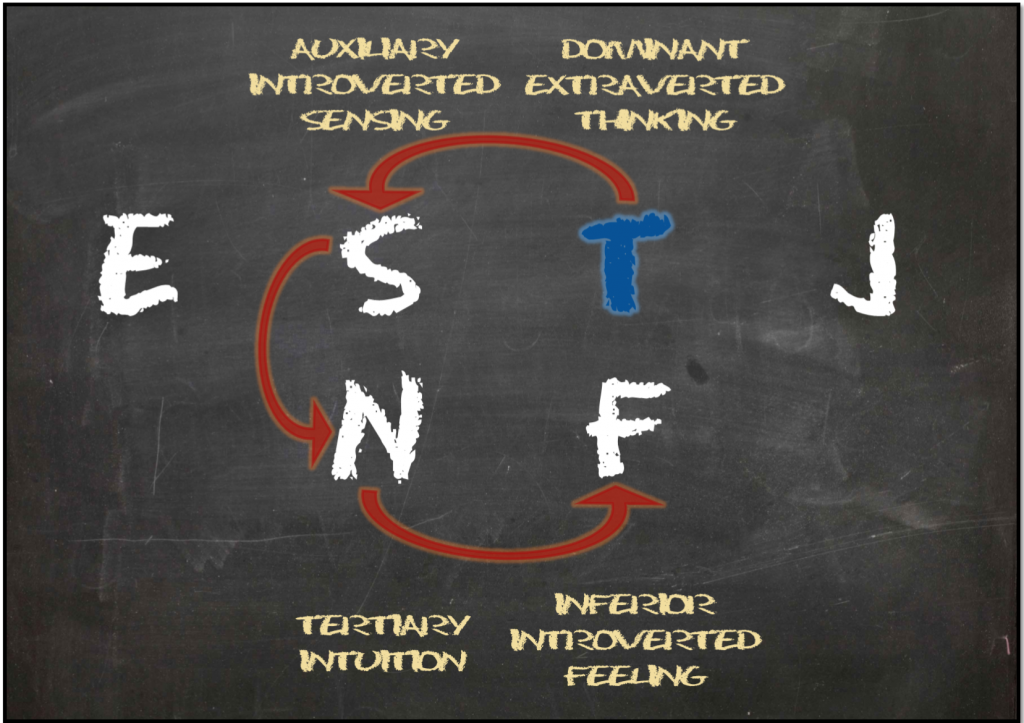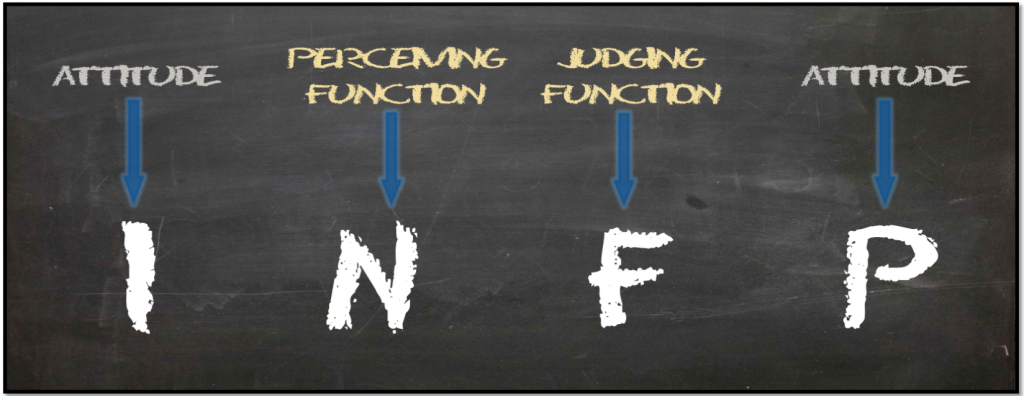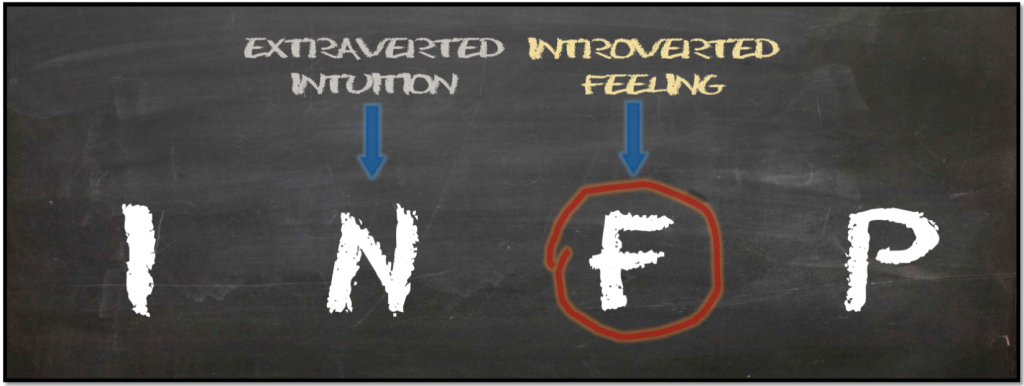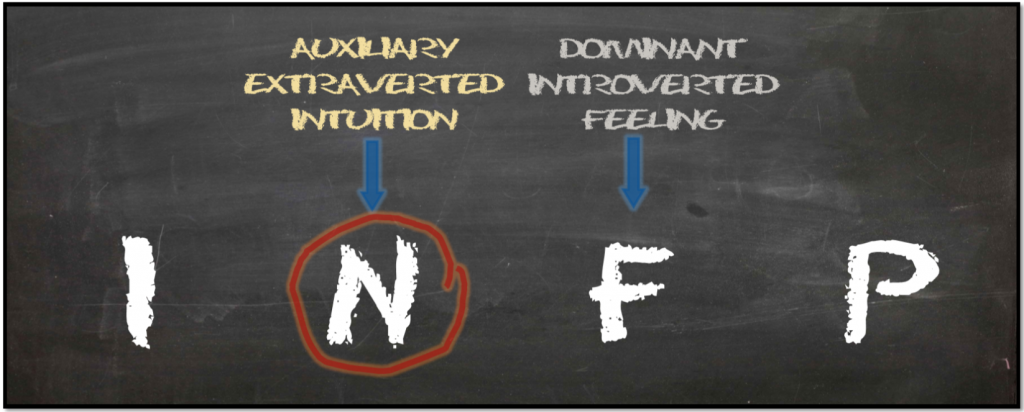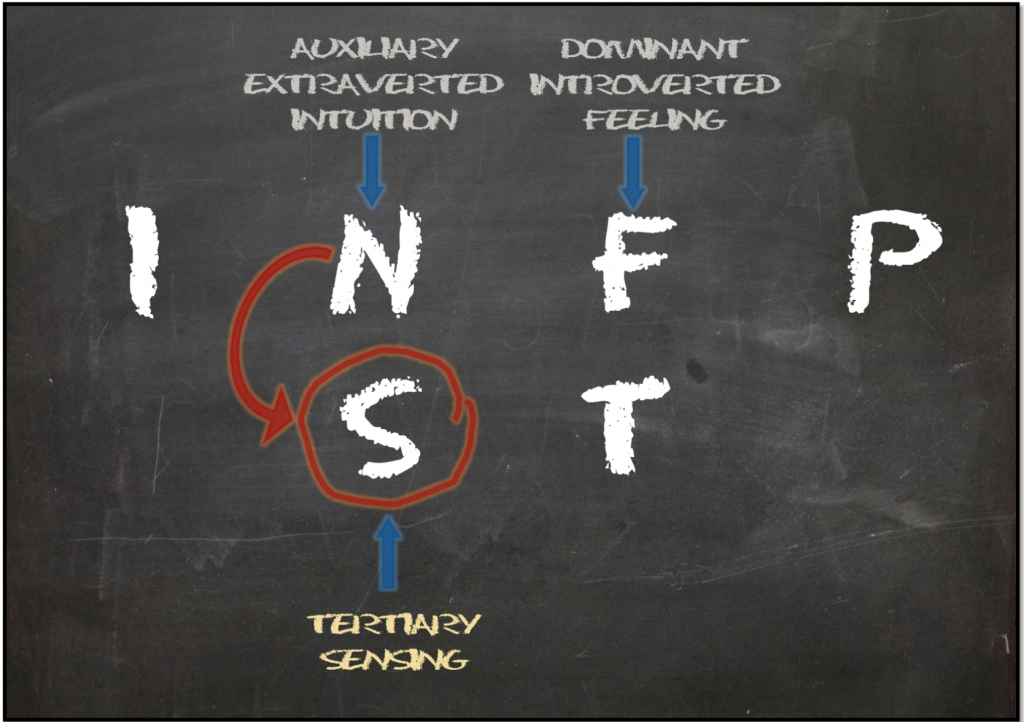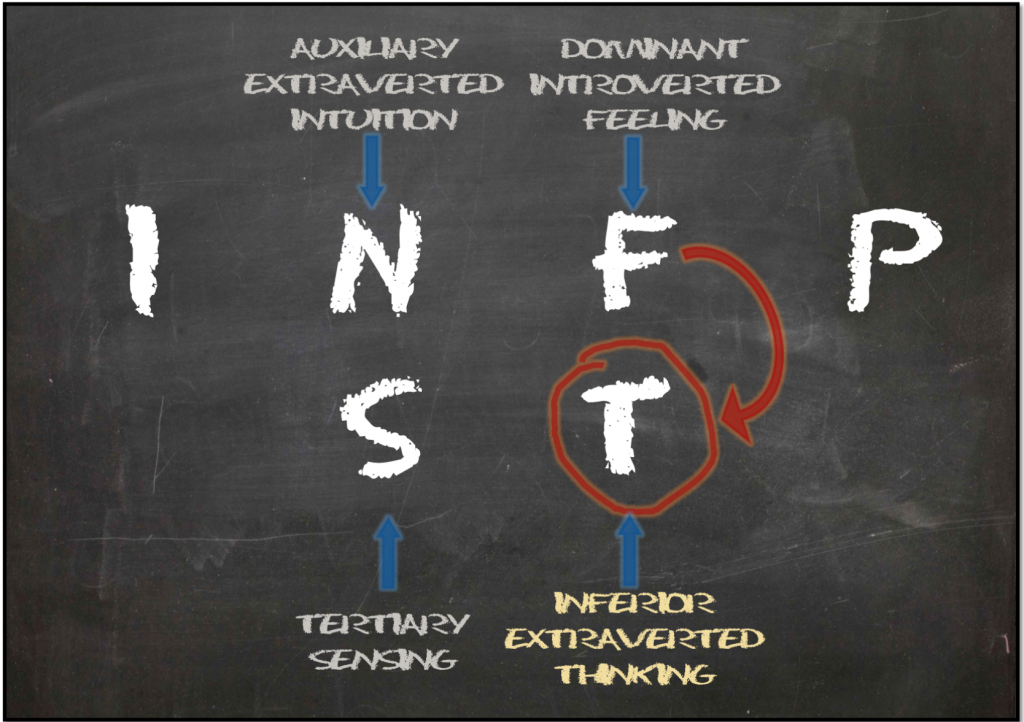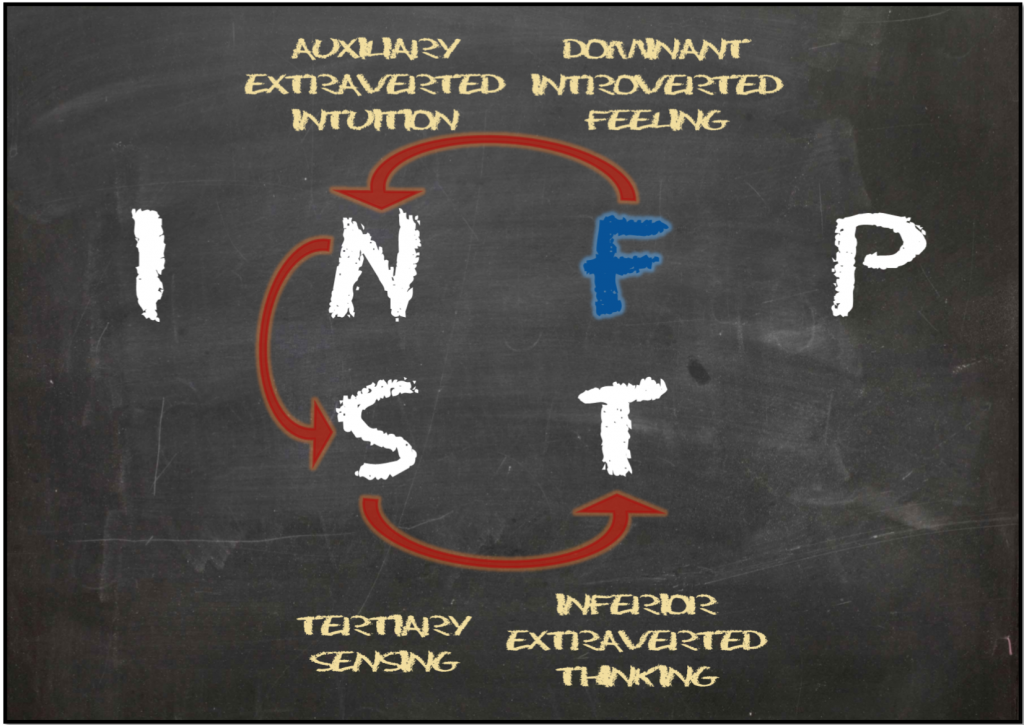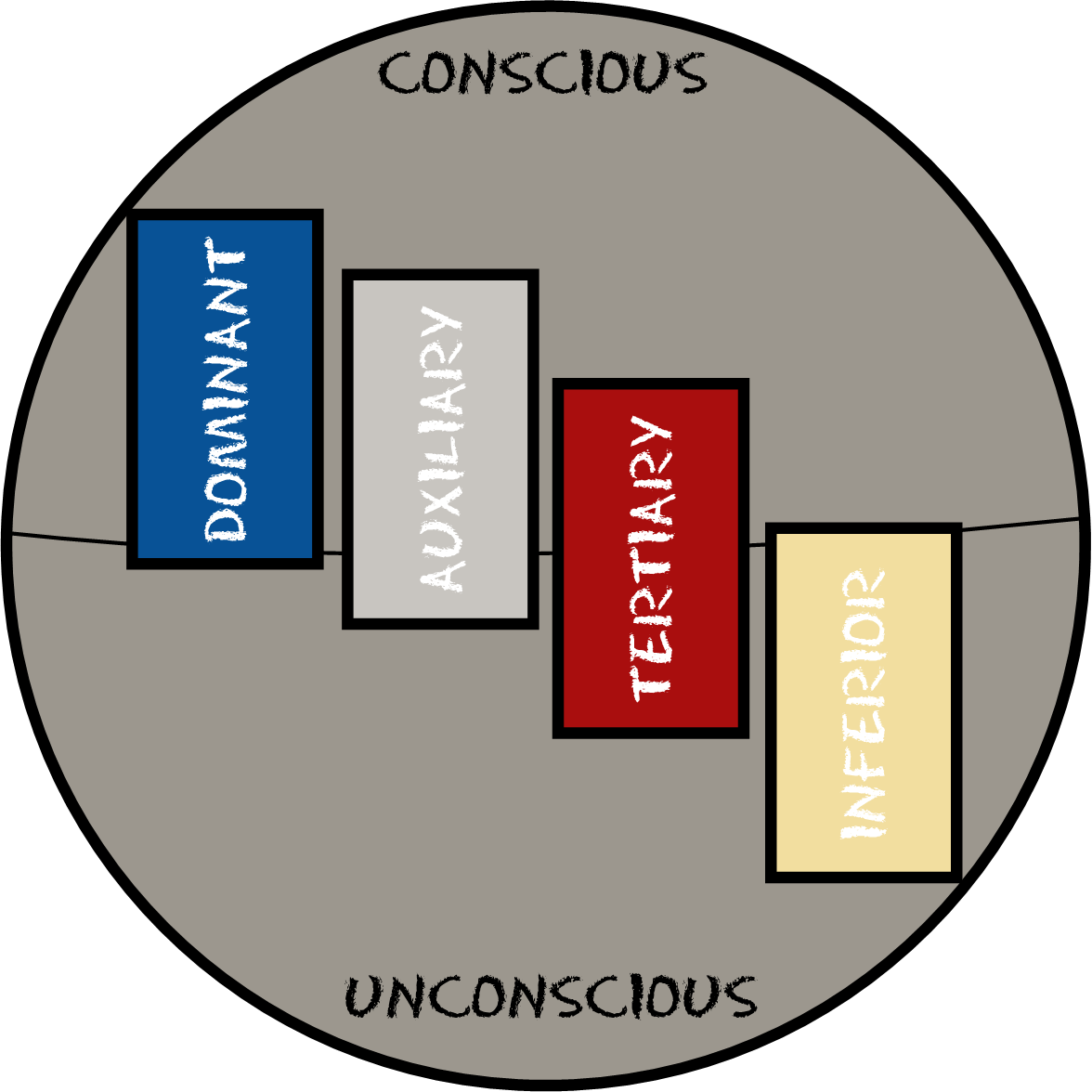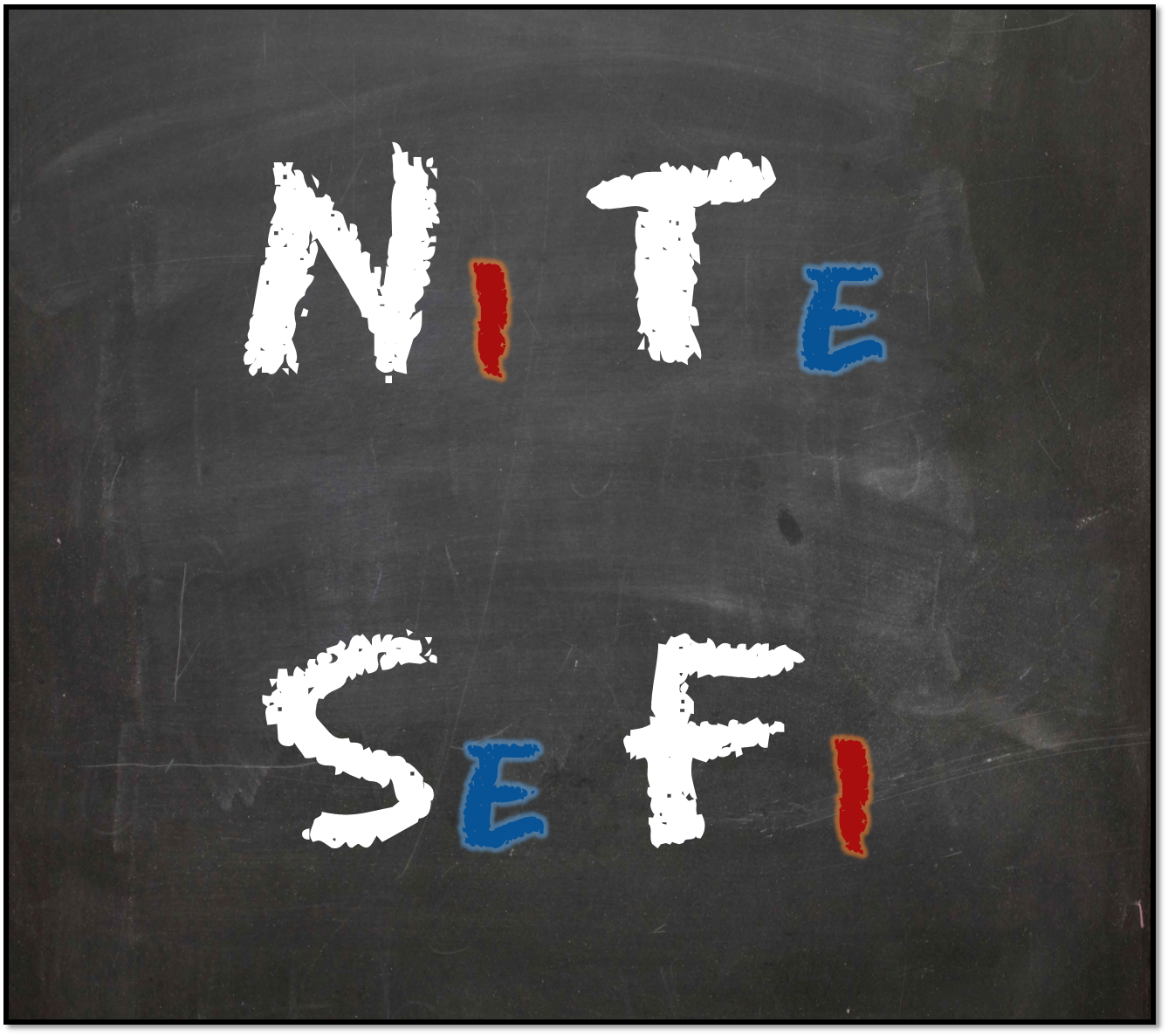
Learning about type dynamics provides a deeper understanding of the nuances and inner-workings of Myers-Briggs® types. This knowledge can assist a type enthusiast in moving from seeing each type as a collection of four preferences that hang out together to exploring each type as a whole entity that lives and grows. A few weeks ago, we looked at the basics of and the rationale behind type dynamics, and I would encourage you to check out that article if you are new to type dynamics and have not already read it. Once you have basic knowledge of the dynamics of type, you may wonder how in the world you figure out the dynamics of any given type. If that question is on your mind, you are in for a treat today, as we examine the formula for type dynamics.
Before you run away in the fear that this is about to turn into math class, I promise there are no numbers here! While learning this formula may cause your head to spin the first time or two you read it, mastering it will allow you to know the dynamics of any type without having to look it up. You might even eventually find it fun to apply the formula to each type.
First, we label the parts of type. The first and last letters of type are referred to as the attitudes. The second letter is the perceiving function. The third letter is the judging function.
Next, look at the last letter of type. This letter ALWAYS points to the function that is extraverted, or shown to the world. If the last letter is a P, the individual shows his or her perceiving preference (S or N) to the world. If the last letter is a J, as in the example below, the individual shows the judging preference to the world (T or F).
The function that is NOT shown to the world, or extraverted, is always introverted.
 To determine which function is dominant and which is auxiliary (or secondary), we look at the first letter of type. If the person prefers Extraverion (E), as in the example below, the extraverted preference is dominant. If the person prefers Introversion (I), the introverted preference is dominant.
To determine which function is dominant and which is auxiliary (or secondary), we look at the first letter of type. If the person prefers Extraverion (E), as in the example below, the extraverted preference is dominant. If the person prefers Introversion (I), the introverted preference is dominant.
The function that is not dominant is auxiliary (or secondary).
The tertiary function is always the opposite of the auxiliary function, but there is some debate about its directionality. Some experts believe it is used in the same direction as the dominant preference, while other believe it is used in the opposite direction of the dominant preference, and still others believe it can be used in whatever direction is currently needed.
The inferior function is opposite the dominant function in all ways.
In the example, we are left with…
Let’s look at another type example by first labeling the functions.
Use the last letter of type to identify the extraverted function.
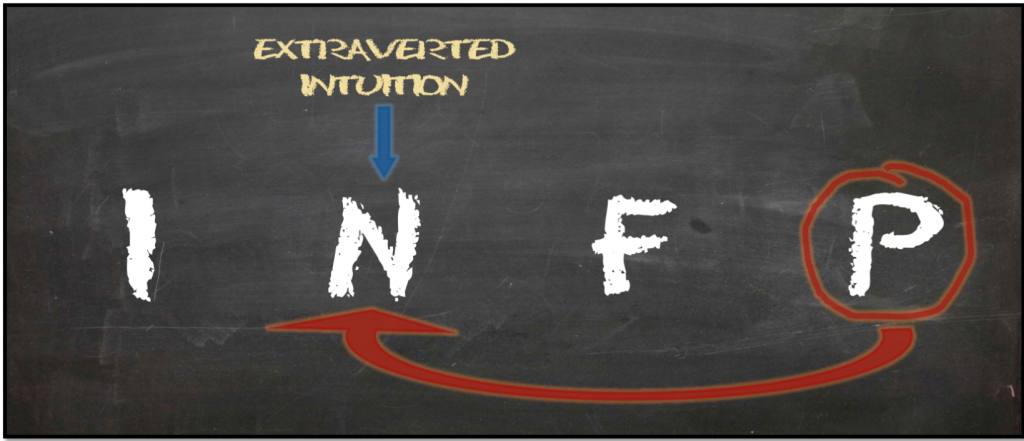 The non extraverted function is automatically introverted.
The non extraverted function is automatically introverted.
If the person, according to the first letter of type, prefers Introversion, the introverted preference is dominant. If the person prefers Extraversion, the extraverted preference is dominant.
The other function is automatically auxiliary (or secondary).
The tertiary function is the opposite of the auxiliary function.
The inferior function is opposite the dominant function in every way.
Giving us…
If you would like to practice this more, write down any type, go through the steps listed above, and check your answers by looking at the dynamics that are written at the top of each of the 16 type descriptions. If you are still finding it difficult to come up with the right answers, you are not alone! I have found that most people have to visit this topic multiple times before it comes naturally. You are welcome to leave questions in the comments section below, and I will happily answer them. Of course, there is no shame in skipping the formula and reading the dynamics from books and type descriptions if that is your preference.
In a future article, I will examine how type dynamics play out over the course of a person’s life. Until then, you might check out the article on Type and Stress to see how dynamics apply to manifestations of stress. You can also see the stress sections of the 16 type descriptions for more information. As always, thanks for reading.

